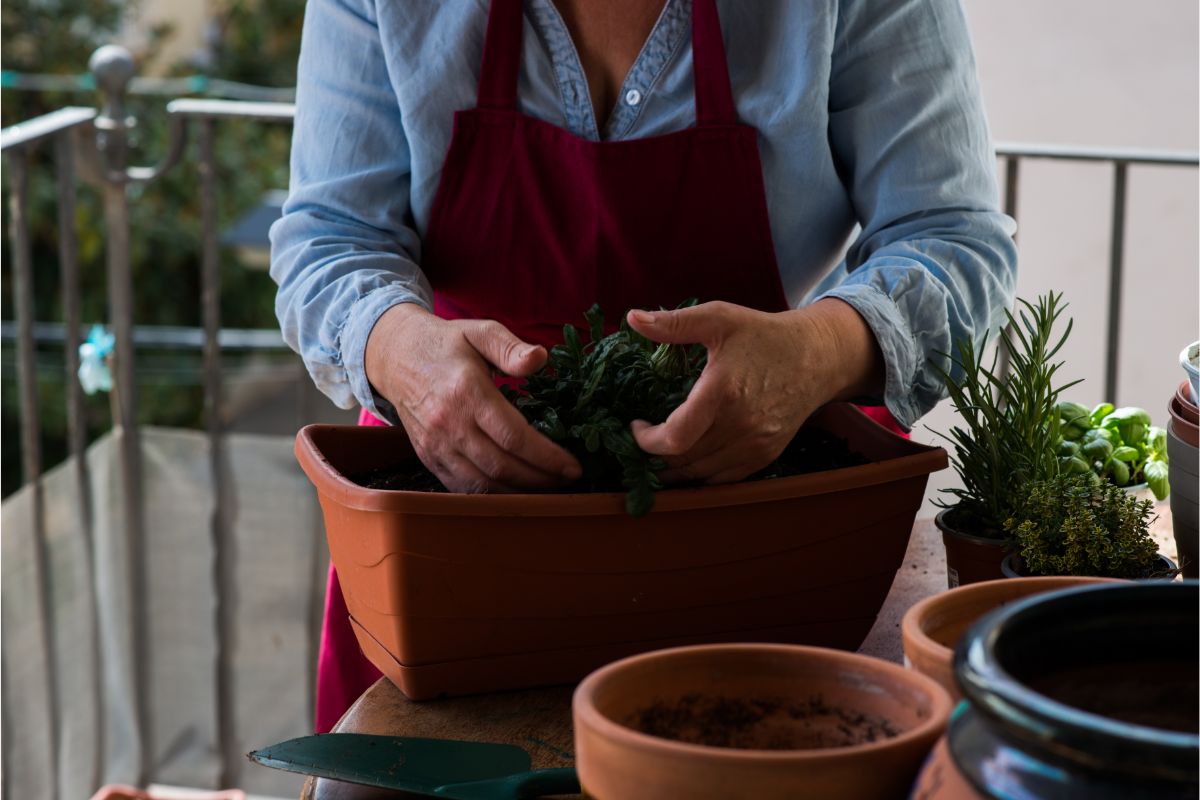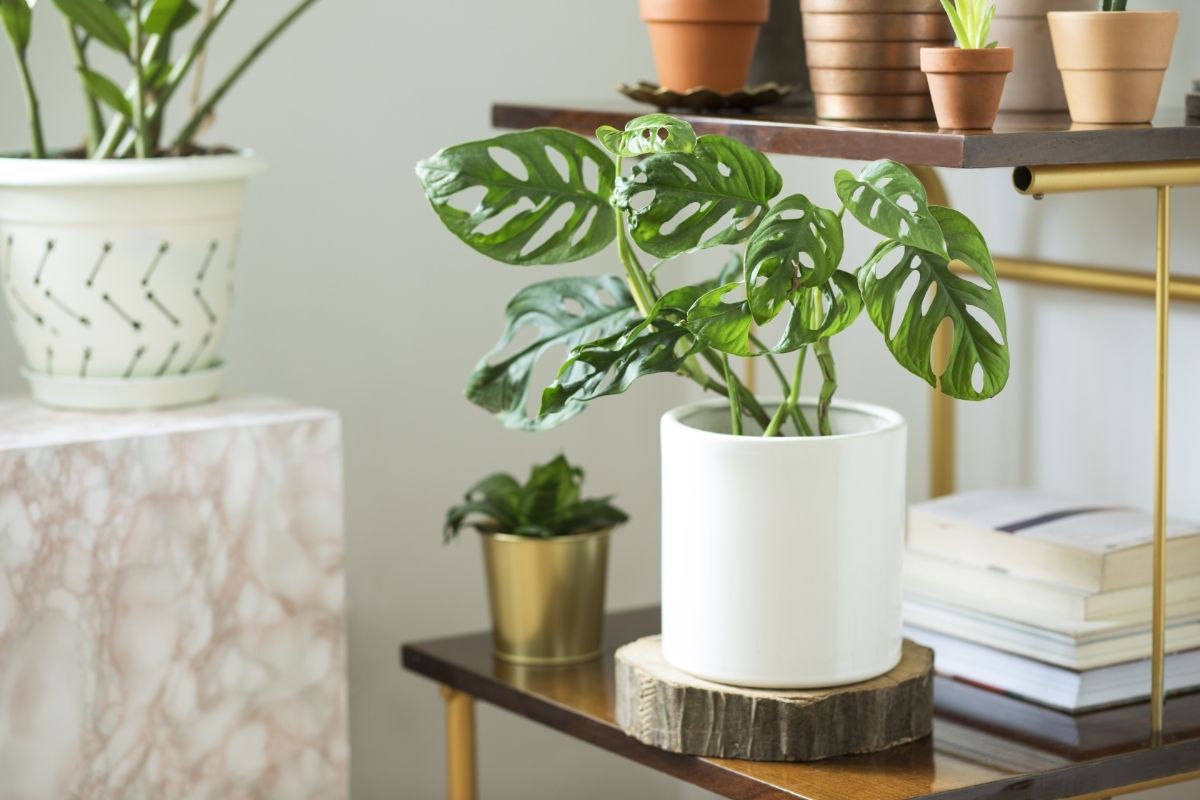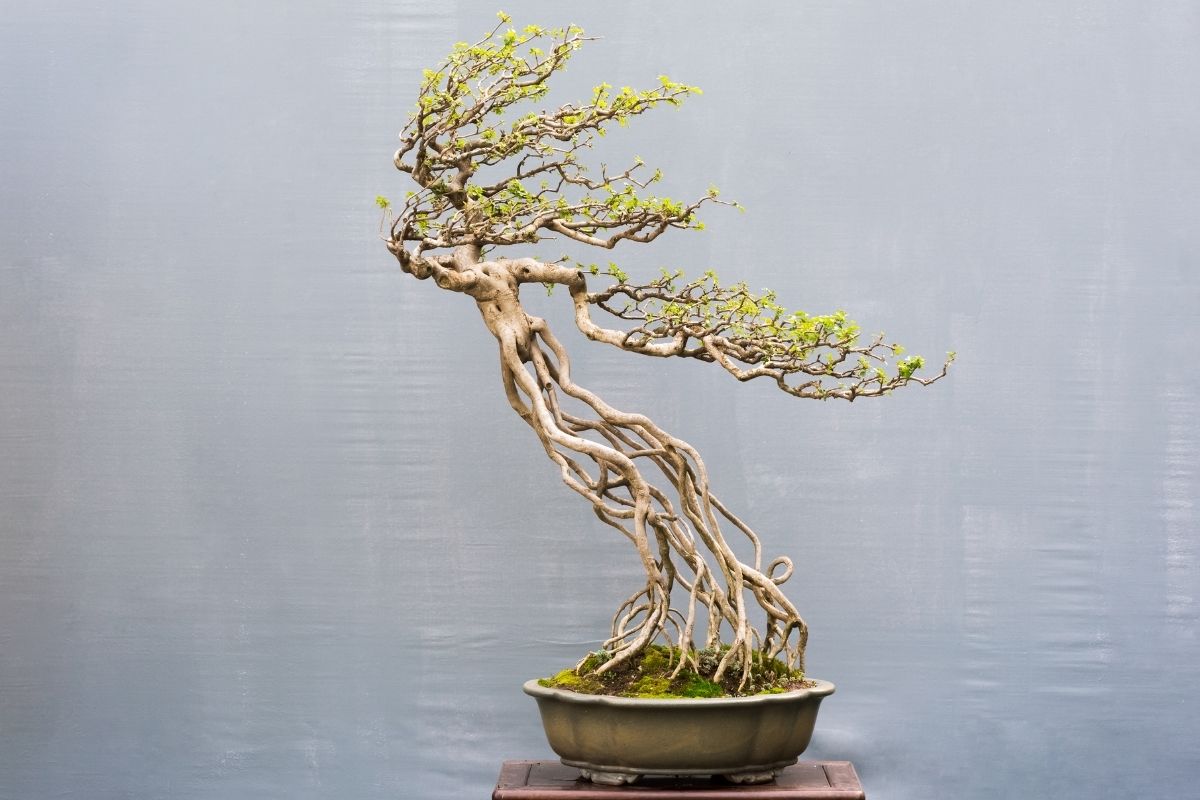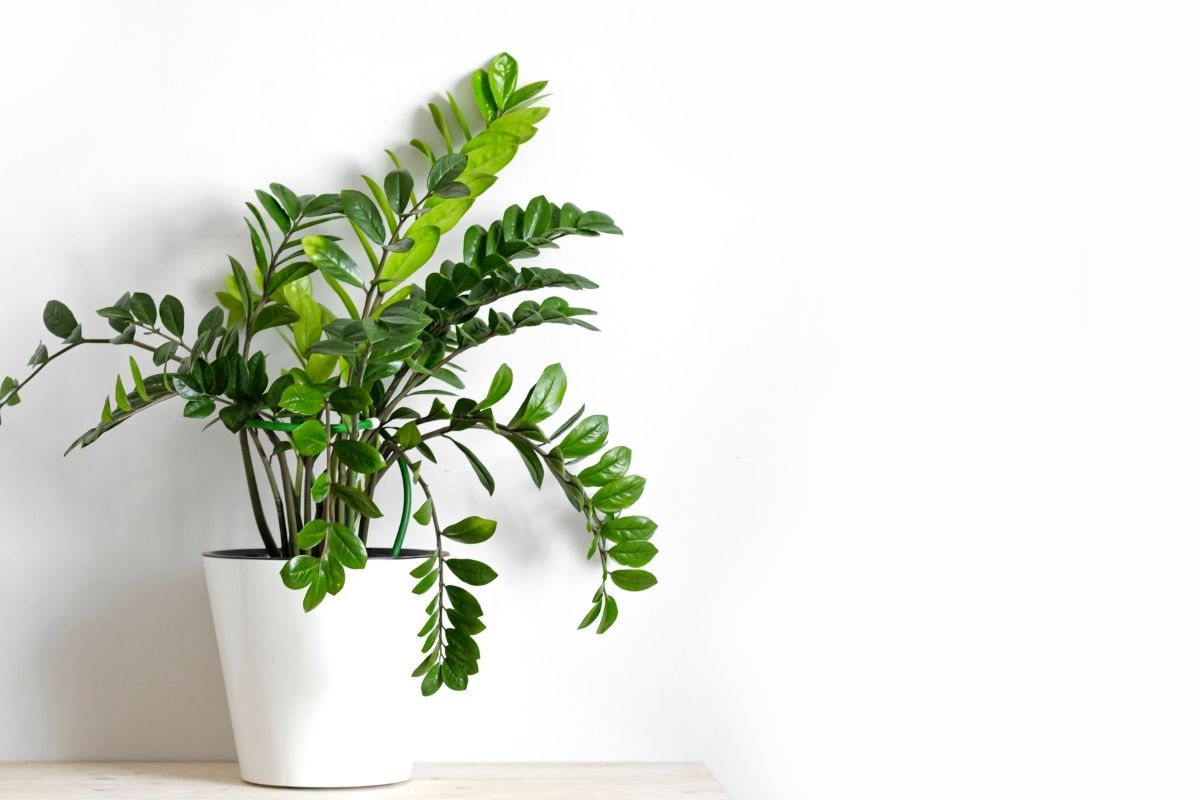If the leaves on your houseplant are starting to look a little bushy with small brown chlorotic spots starting to appear across the margins, there’s a high chance it is suffering from a deficiency of calcium.

A lack of calcium can lead to discoloration or even rotting, so it’s crucial for any plant owner to take the necessary steps so that the plant can remain healthy and grow as it should so that it doesn’t end up becoming weak, fragile, and much harder to care for.
The good news is that dealing with calcium deficiency in plants is very easy once you know the options available to you.
So let’s take a look at some of the most effective solutions that will guarantee that your plant remains happy and healthy.
Why Is Calcium So Important In Plants?
Calcium is one of the essential nutrients that plants require which contributes to the building of cell walls.
These cell walls are very important in plant growth since the plant will expand them as they provide a structural framework to support the plant’s development.
Cell walls also act as the first line of defense against pathogens, diseases, and viruses, and since these can all affect younger plants especially easily, it makes cell walls, and calcium, incredibly important.
How To Tell If A Plant Has A Calcium Deficiency
Plants have a few different ways of letting owners know that they are struggling to grow and remain healthy due to a deficiency in calcium. These are some of the clearest signs that you should always look out for.
Bushy And Curled Leaves
One of the biggest and most obvious signs is the leaves becoming bushy, which indicates that the growth is being inhibited and is a symptom that will therefore most commonly appear on younger plants.
Leaves can also begin to curl if their regular growth pattern is being stunted by a lack of calcium with many gardeners calling this a case of “parachute leaves”.
Brown Spots And Chlorosis
Small brown spots will also commonly appear on leaf margins, along with yellow chlorosis affecting the entire leaf in some instances when the plant is running low on calcium.
Growth Timeframe
Since calcium is such an important nutrient that plants require in order to grow, you will want to pay attention to the timeframe of your plant’s growth and recognize if it is taking longer than usual to reach maturity since this can indicate a calcium deficiency.
The amount of time it takes to mature differs between plants, however, it usually takes about 2 years for most plants to fully develop.
So if you notice the plant is struggling to grow at a steady pace after at least a year, then it could require more calcium.
Ways To Fix Calcium Deficiency Plants

There are a few different ways you can insert a dose of calcium into your plant so that it can become healthy again before it rots or becomes too weak.
Here are some of the most popular solutions you should definitely try as soon as you notice any symptoms of calcium deficiency.
Increase The Airflow
Calcium in plants is directly linked to transpiration rates, and when plants are kept in a room with high humidity and poor airflow, this will also mean that the transpiration rates are low which could be a factor that is preventing the plant from receiving the calcium it needs.
Therefore, consider placing a few fans around the plant to improve the transpiration rate so that the calcium can reach the plant much faster and easier.
Irrigation
Plants will not have access to calcium unless they absorb enough water, so it’s important that you are hydrating them enough since this is one of the most common reasons plants will end up with a calcium deficiency.
Most houseplants need to be watered once or twice a week in the spring and summer, however, you can cut this down to once a week during the autumn and winter.
You can determine how much water the plant is receiving by checking the leaves. If they feel light and crispy, then it is a sign that the plant is being underwatered, which could be causing the deficiency.
Raise The PH Level
Plants with a PH level lower than 6.0 will not be able to absorb enough calcium to keep it healthy, so you will need to raise the overall PH.
One of the best ways to do this is by using a lime-based compound like agricultural lime or dolomite lime.
Baking soda is also a common ingredient many people will use in their soil to raise its PH, and it is definitely the cheapest way since you may already have some lying around the house which can be used.
Add Organic Matter
If the PH level of the soil is above 6.0, rather than making it any higher which can end up causing more issues, you may want to instead add some organic matter which will naturally insert calcium into the soil for the plant to consume without affecting the overall PH.
Bone meal is a great form of organic matter that you can use, however eggshells and gypsum will also work just as well as calcium nutrient solutions.
Foliar Spray
While foliar spray should never be used as a substitute for healthy soil, it can act as a quick and easy remedy when a plant is suffering from a nutrient deficiency, including calcium, so occasionally spraying the leaves of the plant with a commercial foliar spray is always a fast-acting solution.
Summary
Just like how calcium is a vital mineral for humans that we need so that we can grow and remain healthy, it is just as important for plants, especially in terms of their development and protection against diseases and viruses.
If you notice any of the symptoms that indicate a calcium deficiency, including bushy leaves and small brown spots across the leaf margins.
It’s always best to act sooner rather than later so that your plant doesn’t end up rotting or falling behind in its growth.
- Best Hanging Plant For Low Light - September 4, 2023
- Best Indoor Plants Florida - August 28, 2023
- Best Plants For Bathroom Smells - August 21, 2023








